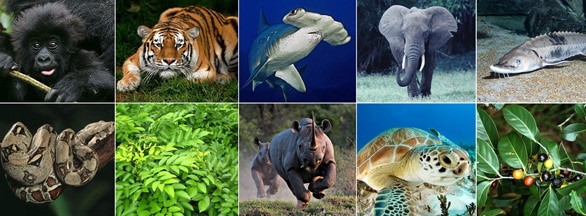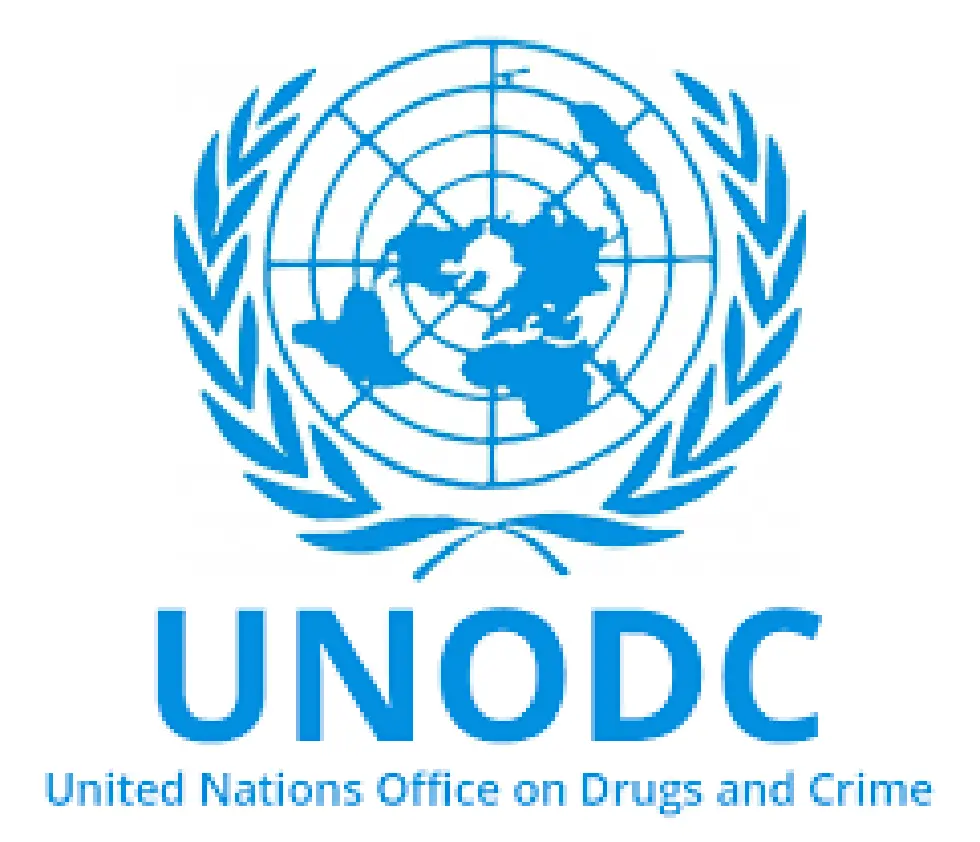About Convention on International Trade in Endangered Species of Wild Fauna and Flora (CITES)
- It is an international agreement between governments that aims to ensure that international trade in wild animals and plants does not threaten their survival.
- CITES was adopted in 1973 and entered into force in 1975.
- There are 184 member parties, and trade is regulated in more than 38,000 species.
- Although CITES is legally binding on the Parties – in other words, they have to implement the Convention–it does not take the place of national laws.
- The CITES Secretariat is administered by the United Nations Environment Programme (UNEP) and is located in Geneva, Switzerland.
- Representatives of CITES nations meet every two to three years at a Conference of the Parties (or COP) to review progress and adjust the lists of protected species, which are grouped into three categories with different levels of protection:
- Appendix I:
- It includes species threatened with extinction and provides the greatest level of protection, including a prohibition on commercial trade.
- Appendix II:
- It includes species that are not currently threatened with extinction but may become so without trade controls.
- Regulated trade is allowed if the exporting country issues a permit based on findings that the specimens were legally acquired and the trade will not be detrimental to the survival of the species or its role in the ecosystem.
- Appendix III:
- It includes species for which a country has asked other CITES parties to help control international trade.
- Trade in Appendix III species is regulated using CITES export permits (issued by the country that listed the species in Appendix III) and certificates of origin (issued by all other countries).
- Countries may list species for which they have domestic regulations in Appendix III at any time.
- CITES also brings together law enforcement officers from wildlife authorities, national parks, customs, and police agencies to collaborate on efforts to combat wildlife crime targeted at animals such as elephants and rhinos.
Q1) What is the United Nations Environment Programme (UNEP)?
UNEP is the leading environmental authority in the United Nations system. UNEP uses its expertise to strengthen environmental standards and practices while helping implement environmental obligations at the country, regional and global levels. UNEP’s mission is to provide leadership and encourage partnership in caring for the environment by inspiring, informing, and enabling nations and peoples to improve their quality of life without compromising that of future generations.
Last updated on July, 2025
→ UPSC Notification 2025 was released on 22nd January 2025.
→ UPSC Prelims Result 2025 is out now for the CSE held on 25 May 2025.
→ UPSC Prelims Question Paper 2025 and Unofficial Prelims Answer Key 2025 are available now.
→ UPSC Calendar 2026 is released on 15th May, 2025.
→ The UPSC Vacancy 2025 were released 1129, out of which 979 were for UPSC CSE and remaining 150 are for UPSC IFoS.
→ UPSC Mains 2025 will be conducted on 22nd August 2025.
→ UPSC Prelims 2026 will be conducted on 24th May, 2026 & UPSC Mains 2026 will be conducted on 21st August 2026.
→ The UPSC Selection Process is of 3 stages-Prelims, Mains and Interview.
→ UPSC Result 2024 is released with latest UPSC Marksheet 2024. Check Now!
→ UPSC Toppers List 2024 is released now. Shakti Dubey is UPSC AIR 1 2024 Topper.
→ Also check Best IAS Coaching in Delhi















